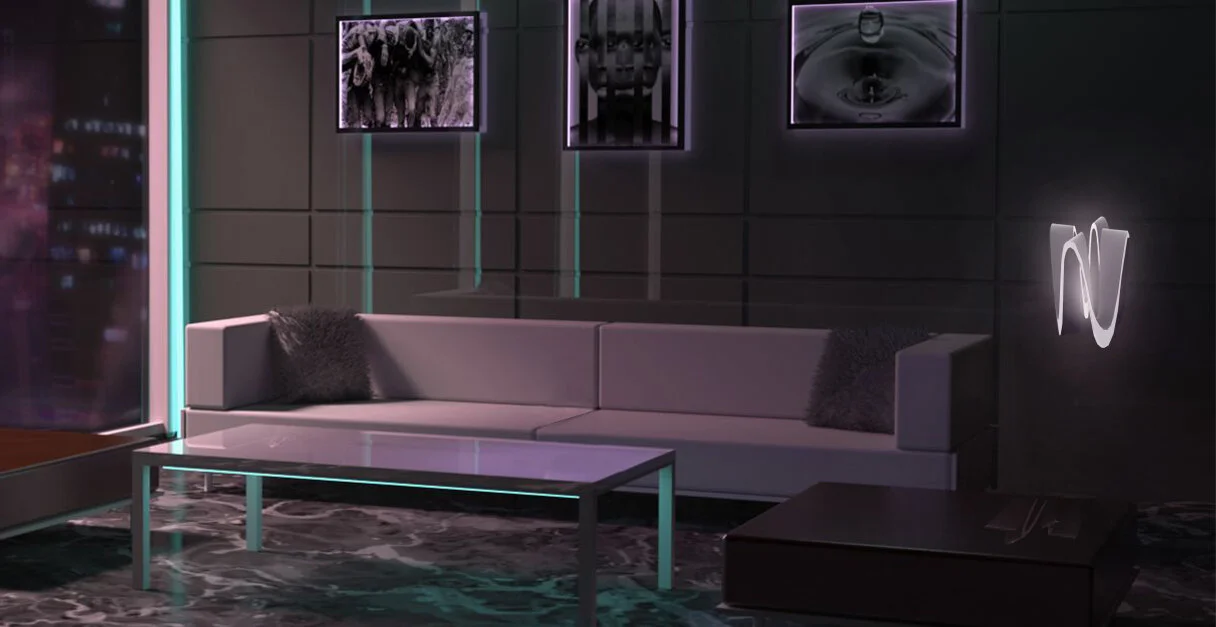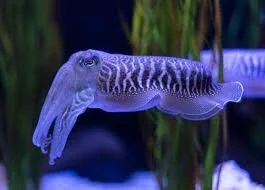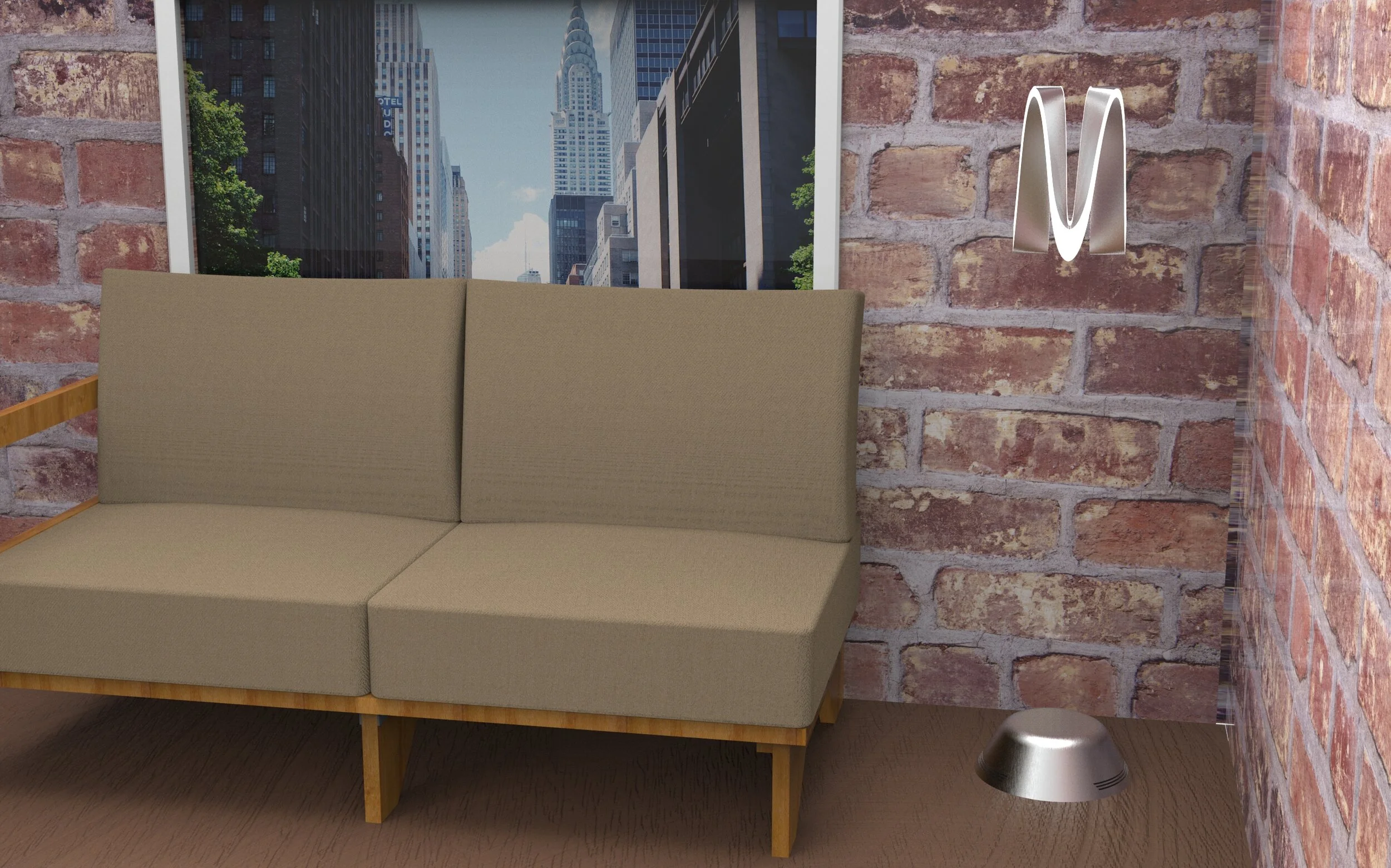Float
Project Type
Design For Sustainability - Biomimicry
Intervention Type
Product
Location
United States
Advisor
Professor Scott Boylston & Biologist Cathy Sakas
About the Biomimicry
Borrowing from nature’s genius is becoming an essential toolfor creative professionals in all design fields. Keeping in mind the importance of creating sustainable living in the 21st century, our team investigated biomimicry thinking, frameworks and existing case studies.
About the Project
The goal of the project was to make bacteria & viruses visible to the human eye so we can clean more effectively and wast less.
The recent COVID-19 pandemic has affected the lives of almost everyone on the planet. This virus has also brought to light some of the gaps within the public health sector. Shortages in supply chains and overseas manufacturing have made proper PPE equipment limited. Furthermore, many are anxious about not only contracting the virus but also bringing it into their homes and affecting their loved ones. Lack of proper PPE and because the virus isn't visible only increases anxiety and leads to over-sensitizing and unnecessary waste. Today the practice of biomimicry and design has never been more critical. As designers, we have a crucial role to play, using life's principles and abstracting biology to design, we can solve some of our biggest public health problems.
Out of 170 people surveyed 25% went into work during covid. Furthermore 34% of those surveyed were living with someone and about 20% of those surveyed and working lived with someone who was at high risk or were taking care of someone who was high risk for covid. We saw a need to design a product to help keep the home safe.
Animals have ways they can adapt to their environment as well as protect themselves from danger. One way species do this is by changing their color. Chromatophores are cells that contain color pigments. Muscles in the skin are able to adjust and change the sizes of these cells and they change color. For this project we used the cuttlefish as our inspiration. The cuttlefish is able to change its color and skin texture to either attract prey or to hide from danger.
Using quorum sensing, biosensors and magnet technology we designed a lamp that could early detect certain bacterias and viruses.


